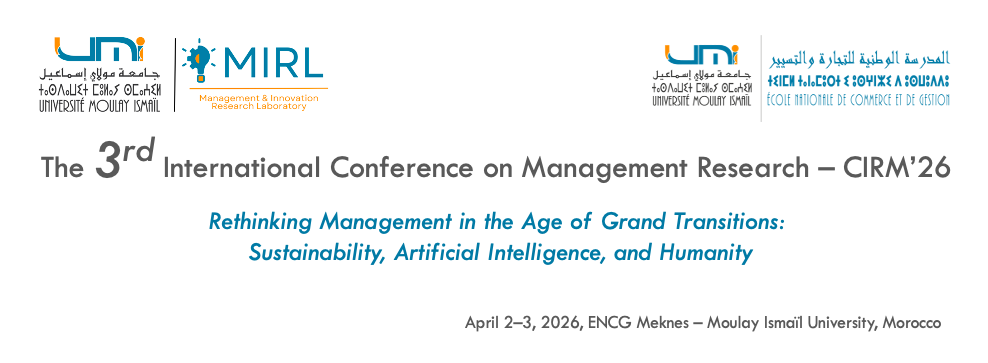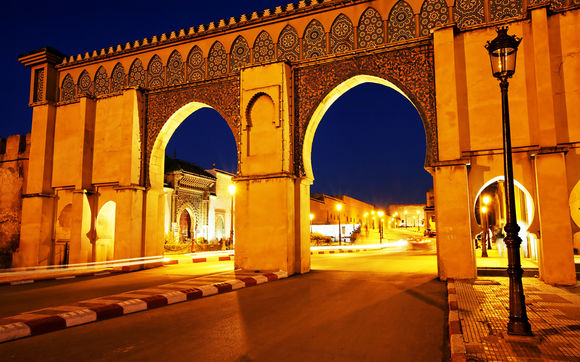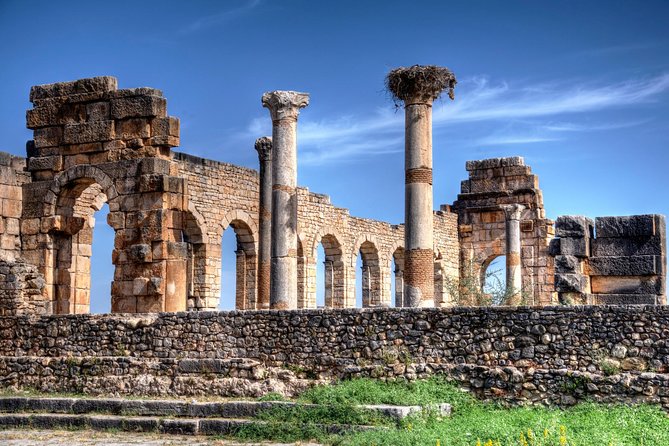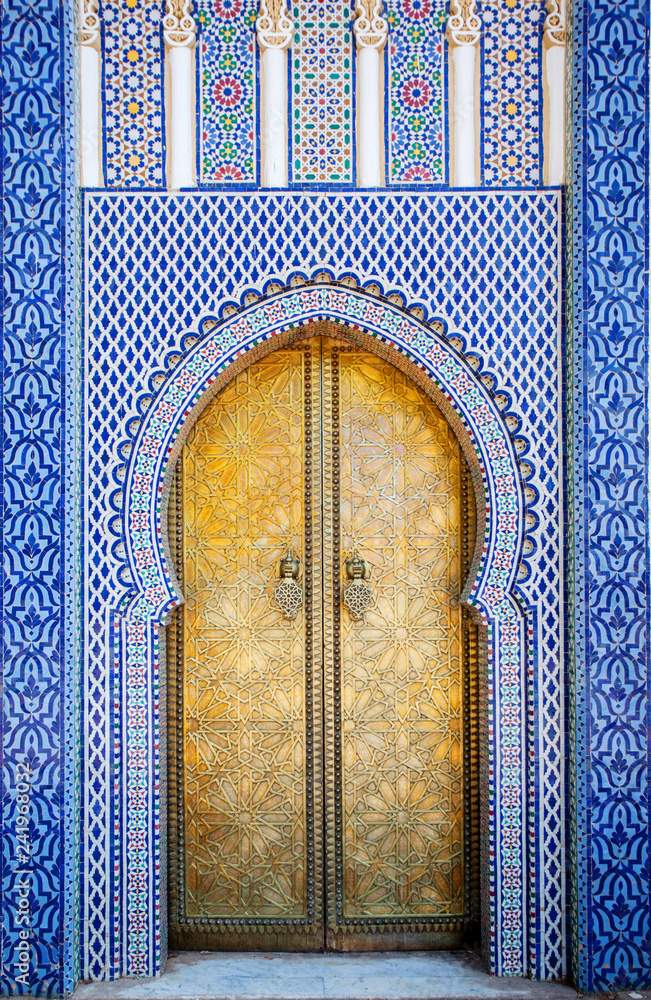
|
|
|
VISIT MEKNES & REGIONVisit Meknes & Region :
Discover History, Heritage & Nature Beyond the Conference As part of your participation in the 3rd International Conference on Research in Management (CIRM’26), we invite you to explore the rich cultural and natural heritage of Meknes and its surrounding gems : Volubilis, Moulay Driss Zerhoun, Fez, and Ifrane.
🕌 Meknes: Imperial Glory Through the Centuries Meknes, in northern Morocco, is one of the country’s four imperial cities and a living chronicle of Morocco’s dynastic history. In the 8th century, it witnessed the birth of Morocco’s first Islamic dynasty, the Idrissids (786–917), founded by Moulay Idriss I, a descendant of the Prophet Muhammad. During the 11th century, the Almoravids fortified the city, and their successors, the Almohads, enriched it with mosques, traditional hammams, and kasbahs. The Merinid dynasty brought new prosperity, building major landmarks such as the Royal Palace and the renowned Bou Inania Madrasa.
A major transformation came under Moulay Ismaïl of the Alaouite dynasty, who, from 1672, made Meknes the capital of Morocco. Nicknamed the “Moroccan Louis XIV,” he spent 50 years constructing palaces, stables, granaries, gardens, and kasbahs to rival the grandest cities of the world. The impressive city walls are punctuated with monumental gates, the most famous being Bab Mansour, a masterpiece of Arab-Moorish architecture. His son, Sidi Mohammed ben Abdallah (1757–1790), added mosques, mausoleums, and the Dar Beïda Palace, now the Royal Military Academy. Under French rule (1912–1956), Meknes was called the "Versailles of Morocco" and "Little Paris", a testament to its elegance and harmony. It even served temporarily as the headquarters of Marshal Lyautey. Don’t miss in Meknes:
🏛️ Volubilis: A Roman Legacy
Just 30 km from Meknes, Volubilis is an exceptionally preserved Roman city built atop a former Punic-Berber settlement. Once the capital of the Kingdom of Mauretania, it features majestic triumphal arches, villas with intricate mosaics, and remnants of basilicas and public baths.Set in the fertile Saiss plain, this UNESCO World Heritage Site is a must-see for lovers of archaeology and ancient civilizations.
🕌 Moulay Driss Zerhoun: The Sacred Town
Overlooking Volubilis, the town of Moulay Driss Zerhoun is a spiritual landmark in Moroccan history. Nestled in the Zerhoun Mountains, it is home to the tomb of Moulay Idriss I, the great-grandson of Hassan ibn Ali and the founder of the Idrissid dynasty. This town is a place of pilgrimage and serenity, just 4 km from Volubilis and 30 km north of Meknes.
❄️ Ifrane: The Little Switzerland of Morocco
Perched in the Middle Atlas Mountains, Ifrane is known for its Alpine-inspired architecture, cool climate, and winter snowfall. A striking contrast to typical Moroccan cities, Ifrane offers lush parks, ski slopes, cedar forests, and natural springs such as Ain Vittel. The nearby Ifrane National Park is home to rare species, including the endangered Barbary macaques.
🏙️ Fez: The Cultural Capital
Located just over an hour from Meknes, Fez is Morocco’s intellectual and spiritual center. Its ancient walled city, Fès el-Bali, is a labyrinth of alleys, souks, and historic buildings.Fez is home to Al Quaraouiyine University (the oldest in the world) and two exquisite 14th-century madrasas: Bou Inania and Al Attarine, richly adorned with carved cedar, zellij mosaics, and stucco. Explore Fez’s medieval soul through:
|






